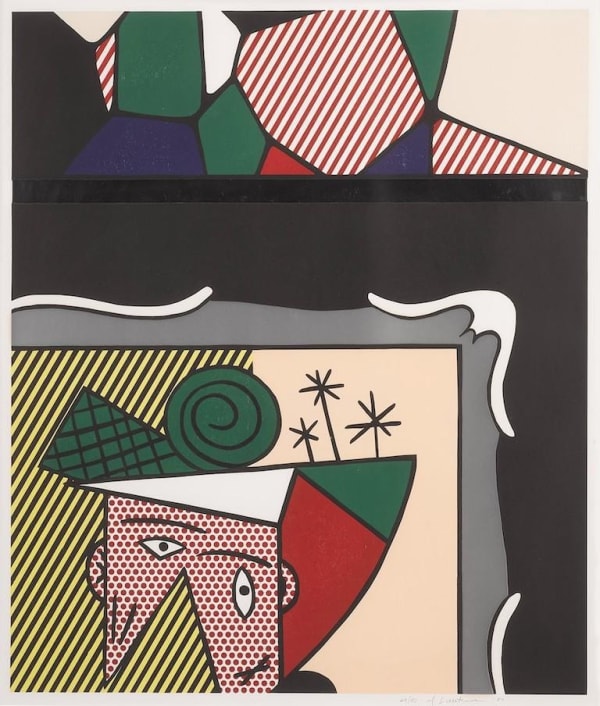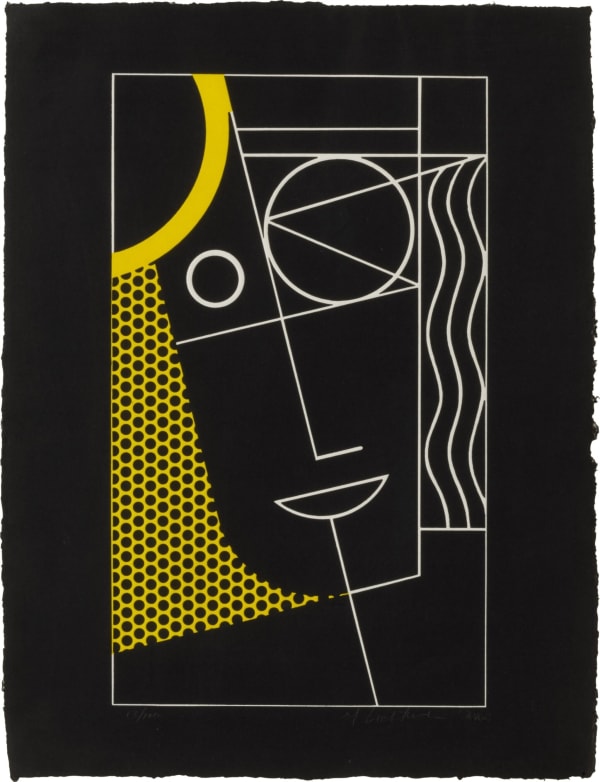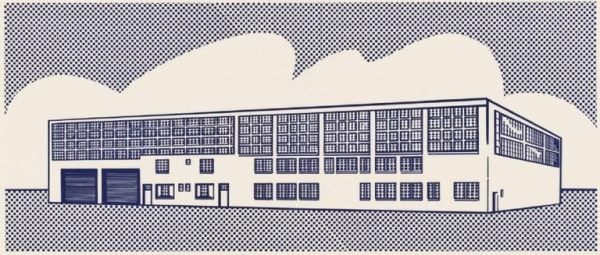Roy Lichtenstein
Overview
Roy Lichtenstein (1923–1997) is a leading artist of the hugely influential Pop Art movement. His appropriation and manipulation of commercial materials – comic strips, newspaper ads – marks a bold and incisive reaction against the exalted status of fine art.
With a signature painterly technique that replicates the iconic Ben-Day dots of mass-print media, Lichtenstein painstakingly reproduced – and subtly altered – commercial images, often blowing them up to a huge canvas size.
Despite such provocations he quickly garnered critical acclaim, becoming the first American to exhibit at London’s Tate Gallery in 1966. By both exalting and parodying mass-print media, using laborious techniques to replicate what print could reproduce almost instantly, Lichtenstein exposed the cracks in the boundary between the commercial and non-commercial. Lichtenstein exemplifies the ability of the artist to provoke and critique contemporary culture.
Works







